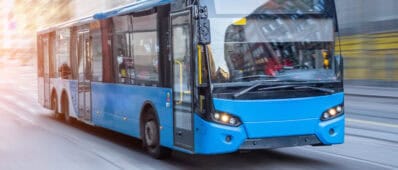Abstract
While a majority of Californians drive to work, a smaller share drive for work. Taxi drivers and gig economy drivers for app-based ride-hail and delivery firms move passengers, food, and groceries, sometimes as part-time jobs. Chauffeurs, truckers, and shuttle and bus drivers also ply California’s roads as integral parts of the state’s personal and goods surface transportation system. Across these driving occupations, drivers have varied but often precarious livelihoods, especially those who take on debt to obtain the very vehicle they use for work.Three primary data sources — credit data from the University of California Consumer Credit Panel (UC-CCP), unemployment claims data, and small business loan and grant data — suggest some important facts about the financial conditions of those who drive for a living, both before and during the COVID-19 pandemic. However, the available data sources examined leave significant gaps.Broadly speaking, a driver can work for a firm under two legal relationships: as an employee or as an independent contractor (also called “gig work,” “freelancing,” etc.). For ride-hail drivers, delivery drivers and truckers, battles over this distinction and the legal protections that hinge on it have occurred in the courts, at the ballot box, and in protests and organizing campaigns in California in recent years. Meanwhile, across classifications, some drivers work full-time, while others use driving as supplementary income or as one of many jobs. The findings below capture each type of driver, to different degrees.
